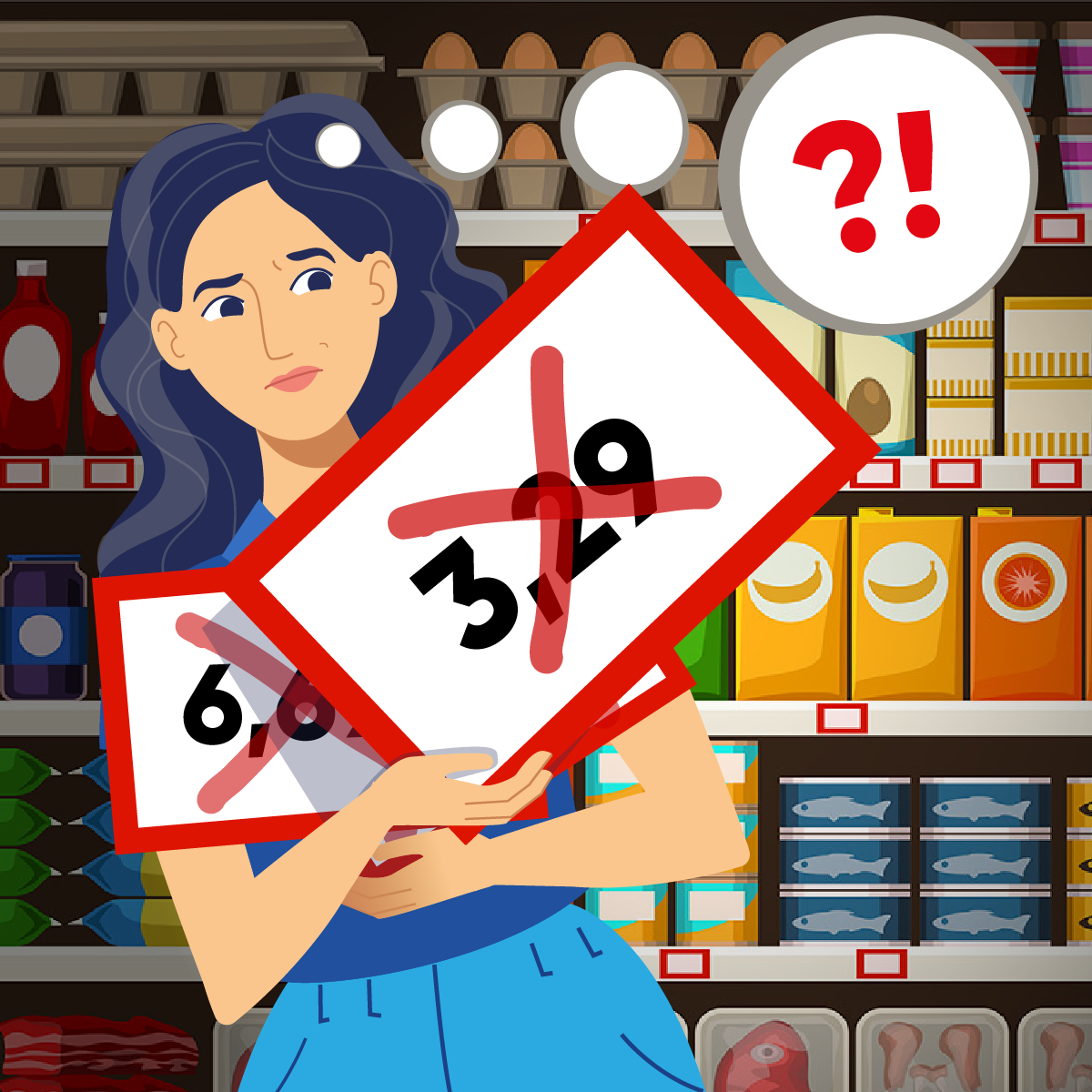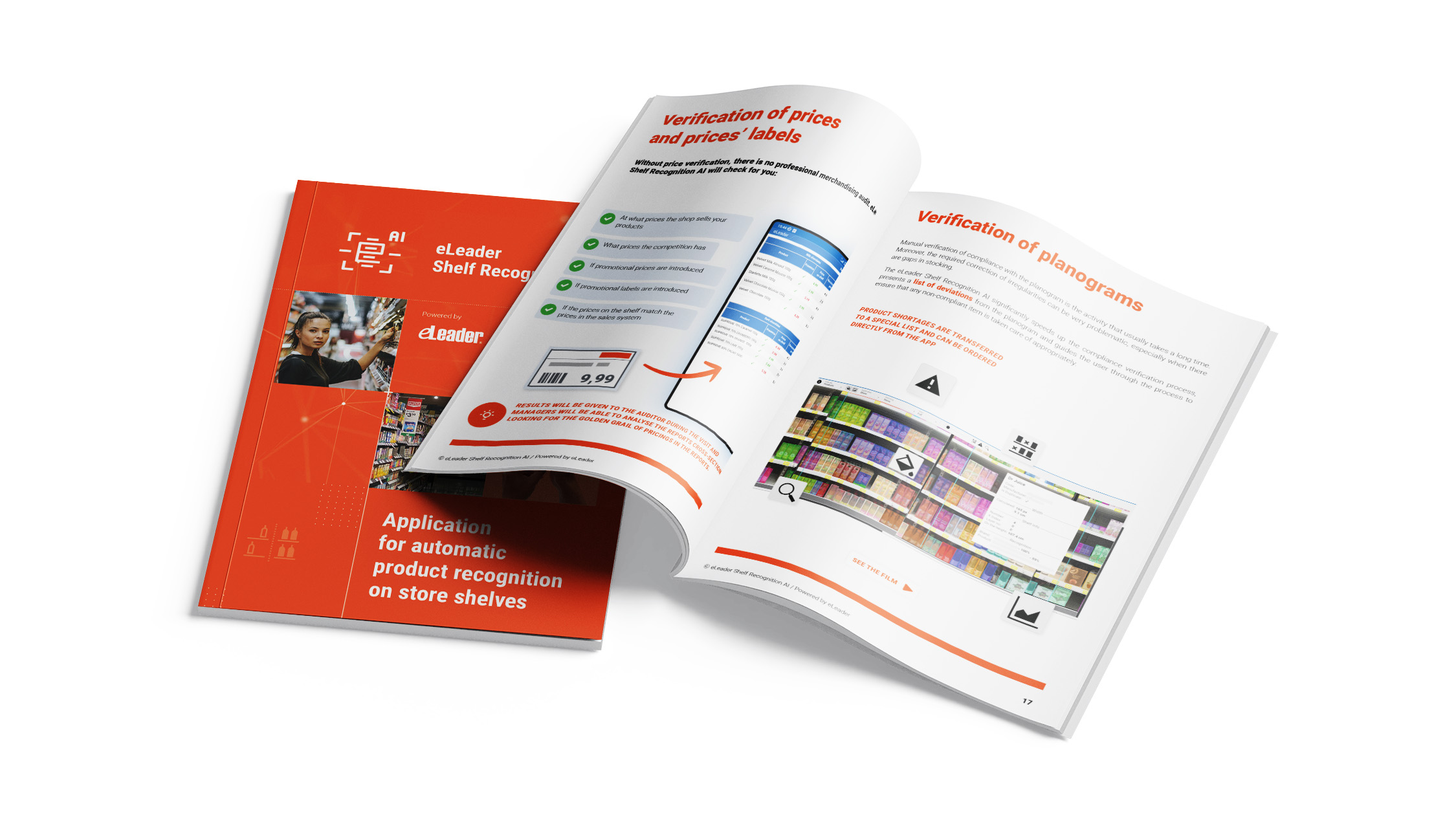
Price on shelf different from price at checkout – what should the shop do?
How should a store or retail chain react when the price on the shelf and the price at the checkout are different? Procedure scenarios and tool.

Who has not encountered a situation when at the store checkout, the price of the product was higher than the price on the shelf? There is a lot of advice for consumers on the Internet, but how should a store or retail chain react in this situation?
Wrong price on the shelf, angry consumers, sad stores, high fines
This is a stressful situation for the customer, who has to enforce the right to purchase goods at a better price through a persistent procedure. It is also uncomfortable for the people working at the checkout. Often, they are not responsible for the correct placement of price labels next to products. And those are the people who build relationships with consumers. Shop management is also frustrated, as it is their responsibility to keep prices up to date.
If the situation described is repeated or the customer makes his or her dissatisfaction public (e.g. on social media), the image of the shop and the chain is put at risk. Even more far-reaching consequences can be the notification of the State Trade Inspection. Here, a fine can be up to 40,000 PLN. In extreme cases, the case may reach the Office of Competition and Consumer Protection, which has at its disposal much stricter fines, up to 10 % of sales revenue, as it was the case with the fine of 115 million PLN for one of the retail chains.
Point-of-sale prices can change every few days for a single product (regular price changes, promotional prices, multipacks, etc.). High inflation further exacerbates this phenomenon. In practice, in medium-sized and larger retail outlets, price tags need to be changed several times a week to be in line with the checkout system. In most retail outlets, this process is not automatic, as they rely on printed price labels. Shops that do not use electronic labels face the challenge of constantly changing price tags. However, the effectiveness of this process is unreliable, which is confirmed by the experience of consumers.

Bad price on the shelf? You have to manage somehow
First of all, the conclusion is that store management should pay special attention to how employees take care of price labels. There may be intensified inspections, more audit visits, internal penalties (e.g. bonus cut). In the long run, however, such actions will not change much, because they require the involvement of large resources in putting pressure on employees.
Eventually, everyone will get tired of it, if they don’t get tired, they will get bored, and when the pressure is gone, the commitment is gone too. The alternative is the introduction of Electronic Shelf Labels (ESL) managed from the point of sale/POS system. This solves most of the problems described here. However, the costs of implementing this technology as well as its maintenance and servicing are still too high in relation to the benefits. This process can be improved comprehensively and process-wise by automating the examination of the exhibition and detecting inconsistencies between prices at the checkout and prices on the shelves.
Automation of price audits in the store
As the authors of solutions in the field of artificial intelligence, we propose to improve the compliance of prices on shelves with the sales system through the automatic audit of the exhibition. eLeader Shelf Recognition AI is used for this purpose – the tool created for this type of tasks.
With the help of the eLeader Shelf Recognition AI application, a store or chain employee can instantly recognize the price compliance. There are hundreds of them on the shelves. Just spotting which price on the shelf is to be checked can take an employee (equipped only with the sense of sight and memory) a lot of time. The latter is usually not enough in a retail store. The price compliance report is clear and unambiguous. At the same time, it can provide a lot of additional information, including the level of compliance with merchandising standards or compliance with the planogram.
3 scenarios for automating price audits
Knowing how the tool that automates the audit of shelf prices and price labels works, let’s consider sample process scenarios that we can apply here:
Scenario 1: Self-control of prices on the shelf
Employees of the store obliged to replace the price tags performs the automatic shelf check to examine whether they fulfilled the task 100%. Discrepancies are indicated by the application, which give the opportunity to correct the shortcomings “on the spot” and obtain the correctness of almost all prices on the shelf. The next shelf inspection will confirm that all price tags are already placed correctly.
Scenario 2: Self-control of prices on a shelf with a report
The process is similar to Scenario 1, except that the result of the shelf inspection is automatically sent to the manager, auditor or other entity supervising the operation of the points of sale. You can use this as an internal procedure or only require it from outlets where the price mismatch problem is too severe. Thanks to a standardized control process and a reliable source of data, a system of reminders and incentives can be applied. This will result in a higher level of price compliance across the network.

Scenario 3: External price audit with non-compliance report
For the audit processes of retail outlets, we are dealing simply with the improvement of control. Inspectors now have to perform tedious manual processes or sample displays to work efficiently and schedule visits. The automation of the exposure examination will speed up the product pricing part of the audit. It will also allow you to focus better on other elements of the visit and often fit more visits into your daily schedule. The added value in this scenario is the greater credibility of audits. This will certainly have a positive impact on relations with the retail outlet – after all, it’s hard to argue with such a result. The result of the price audit can also be a report that will be the basis for evaluating a retail outlet (Perfect Store). This will help to monitor progress of introducing appropriate exhibition standards.

How to gain control and win over customers
Let’s sum up. Automatically researched shelf price is a way to increase consumer satisfaction and avoid unpleasant situations and penalties. Store employees will certainly be satisfied with the tool that will help them in catching (usually unintentional) shortcomings in price management. Managers in the retail chain will welcome the fact that this is a way to fairly raise exhibition standards at points of sale. It’s finally making proper use of photos taken in stores. In addition, the results of shelf tests can be used as evidence of the fulfillment of commercial contracts with producers and distributors of specific goods.
The technology behind the discussed solution is within the functional scope of eLeader Shelf Recognition AI. It is used by leading FMCG producers, such as Danone, Nutricia, or Maspex.
If you are interested in improving the processes related to price research, please contact our specialists. They help in the implementation of the solution and provide advice on increasing the use of data from the automation of exhibition tests.
Niszowa wiedza prosto na Twoją skrzynkę!
Jeżeli to, co czytasz, jest dla Ciebie interesujące, zasubskrybuj nasz newsletter. Dostarczymy Ci więcej jakościowych treści.

Zostaw swój e-mail tutaj:


